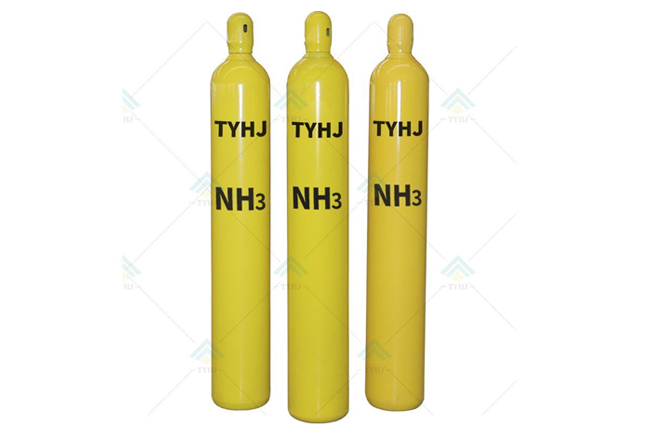The Common Uses of Industrial Gas
Industrial gases are gaseous materials manufactured for industrial use. The main gases supplied are nitrogen, oxygen, carbon dioxide, argon, hydrogen, helium and acetylene, although many other gases and mixtures can also be contained in cylinders.
They are an important part of the manufacturing process in many industries, including:
Automotive industry
Food processing
Manufacturing
Semiconductors

Automotive industry
The use of special gases in the automotive industry has increased rapidly in recent decades. Automotive headlamps contain xenon; indicators contain argon and nitrogen. Sheet metal for doors and bodywork is laser cut using special gas mixtures.
Automotive air conditioning heat exchangers are often assembled using a brazing process completed in a controlled nitrogen or hydrogen atmosphere. This reducing atmosphere enables the highest level of leak-free strength to be achieved in brazed joints.
Airbags are a key part of the active safety systems built into today's vehicles. High-pressure argon combined with other rare gases provides the right characteristics for ultra-high-speed inflatable bags.

Food processing
The global industrial gases market benefits from growing consumer demand for food freshness. Health-conscious consumers are demanding fewer additives and safer, fresher food, which is increasing the demand for industrial gases that can replace chemical ingredients.
Food gas packaging or MAP is a natural method of extending shelf life and is growing rapidly internationally. It is often complemented by other techniques such as high pressure and microwave methods or oxygen absorption. the correct gas mixture in MAP maintains high quality by retaining the original flavour, texture and appearance of the food product.
The gas atmosphere must be selected with due consideration for the particular food and its characteristics. For low-fat products with a high moisture content, in particular, microbial growth must be inhibited through the use of carbon dioxide. On the other hand, if the product has a high fat content and low moisture activity, then oxidation protection is paramount and inert nitrogen will be preferred.

Manufacturing
Special gases are an important component of the lighting industry and are used in the manufacture of light bulbs containing argon, nitrogen, neon, krypton and xenon.
They also fill the gaps between double-glazed windows to ensure that our modern buildings are well insulated and therefore energy efficient. They are the basis for many manufacturing processes, such as the heat treatment of metals using a mixture of hydrogen and nitrogen to produce hardness and other physical properties.
A wide range of high-purity gases can also be used for quality control of metals, plastics and other outsourced raw materials, for example in ICP analysis. A range of high-purity gases and gas mixtures can also be used for safety testing of manufactured products and toys, including flammability or combustibility tests.

Semiconductors
Semiconductors are mainly manufactured and moulded using gaseous materials. In fact, gases have always been a key driver in the manufacture of semiconductors, although the types used have changed and grown as manufacturing processes have evolved.
Taiyu Gases are capable of producing chemical reactions at the molecular level that help shape the conductive properties of semiconductors, thereby allowing or preventing the movement of electrons. However, to ensure that a semiconductor is configured to properly regulate electron movement, these gases must be precisely distributed to stimulate the correct reaction at each stage of their engineering process.
评论
发表评论